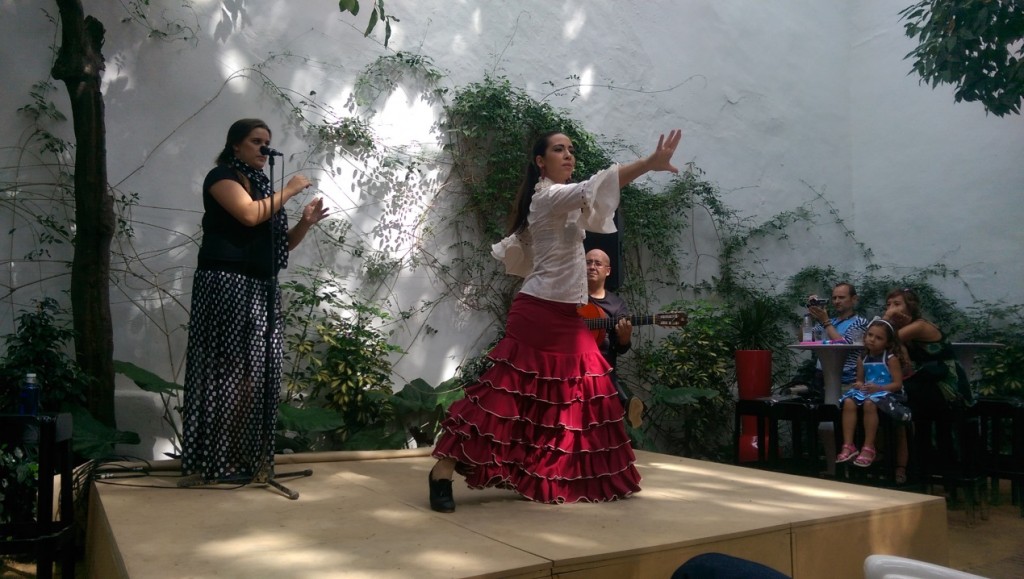5 Spanish Culture Shocks
Written by Danny Hsiao, Foster undergraduate
- Meal time
The first thing that surprised me when I was in Spain is the meal time. The Spanish people usually eat their lunch at around two to three and dinner at around nine to ten, without an official breakfast. So how does this work and how do they stay away from hunger if they are separating their meals so far away? Here is how. Although they don’t have an official breakfast where people really sit down and eat, they have TWO small snack times for the morning, one after waking up and the other around eleven. The snack can be a simple hot chocolate with some cookies or a really sugery latte. They need to eat very sweet so they don’t get hungry easily. Now there is a seven-hour gap between lunch and dinner, so the same trick applies again—snack! Most of their companies will allow employs to go out and have some coffee which, again, is usually very sweet, at around six so they don’t get hungry before leaving for home at around eight. For me there are just way too many meal times, but this is also telling us how much Spanish people like to slow down their pace, hang out, and stay connected to each other.
- Nap time! Siesta!
This is another thing that surprised me when I saw all the students from elementary to high school were all out on the street or on the way home at around two thirty, which I consider to be the most productive time of the day. My host family told me that their schools, and often companies, will have a break time for the about one to two hours so people can go home, eat, and rest. This is called the siesta, when all the stores and services are closed and the streets soon become very quiet as everyone is pretty much resting at home. But if they are spending so much time resting, how long do they work in one day? The answer is that they work ends at about six or seven, which still adds up to a good amount of work in a day, except it is separated into smaller chunks.
- Tobacco in Spain is like Starbucks in Seattle
You will be pretty sure that you are in Spain when you see there are more people smoking outside of a bar than those actually inside and drink. Same rule also applies to coffee shops, books store, and even schools. Yes, during the break time in the University of Navarra, there are almost as many students smoking outside as those inside the building. However, the cigarette is much more expensive in Spain than in the US, so the younger smokers in Spain usually hand-roll their tabacco and you can see them rolling in every outdoor occasion.
- Wine consumption
Spanish people drink wine, lots of wine. My host family actually buys wine in a huge box instead of bottles anymore, because that would have created way too many empty bottles in one week! There is a story behind it though. When I was in Madrid, my tour guide told me that in the ancient time the water was not clean, and drinking unclean water can be deadly. On the other hand, however, wine was much safer because it was made from fresh juice, so people drink wine instead of water for safety reasons. But if everyone is drinking wine like water, how does a country work? A smart king of Spain figured out a way to deal with it. He order all the bars and restaurants that if someone is ordering wine from them, they would have to provide some food for the customers so they can stay sober to work. As time evolved, the bars and restaurants ended up using a slice of break with some food on it to cover the cup, which is why there is the famous Spanish snack tapas, which literally mean tops. By the way, Spanish wine is really good!
Another reason why wine is popular is the price!
- Flamenco started as a hobo dances instead of high end performance.
It’s rare to see a country’s most internationally popular dance started as a traditional dance from a group of foreign people in almost the lowest social status that the rest of the people basically hated; it happened in Spain though. Before I arrive in Spain, I thought that Flamenco is a popular traditional Spanish dance that, just like most of the other traditional dances world-wide, is used in occasions like celebrations; however, Flamenco is not only a foreign dances brought in by the Gypsies, but also is a dance that people dislike a lot about a few decades ago. Here is the story behind it. A few centuries ago, some refugees from India or Middle East traveled all the way to the southern Spain and claimed that they were the nobles from Egypt—that’s why they are called the Gypsies. However, a lie never lasts long; their real identity was soon discovered by the Spanish people and they were, since then, disliked by the rest of the people. They lost all their social and economic power and fall to the lowest social status. My guide even told me that they became so poor that if you saw someone dancing Flamenco at that time, he or she usually didn’t even have shoes on. Fortunately, or unfortunately depending on your perspective, the Spanish inquisition started and forced many Jews and Muslims to claim to be Gypsies to avoid being exiled or executed, which made the Flamenco dance multicultural with even more sophisticated moves and costumes. As it has become a very meaningful dance that is rich in cultures and history, the people start seeing the beauty in it and finally consider that as a piece of Spanish culture.
Flamenco performance in Cordoba, Spain.


